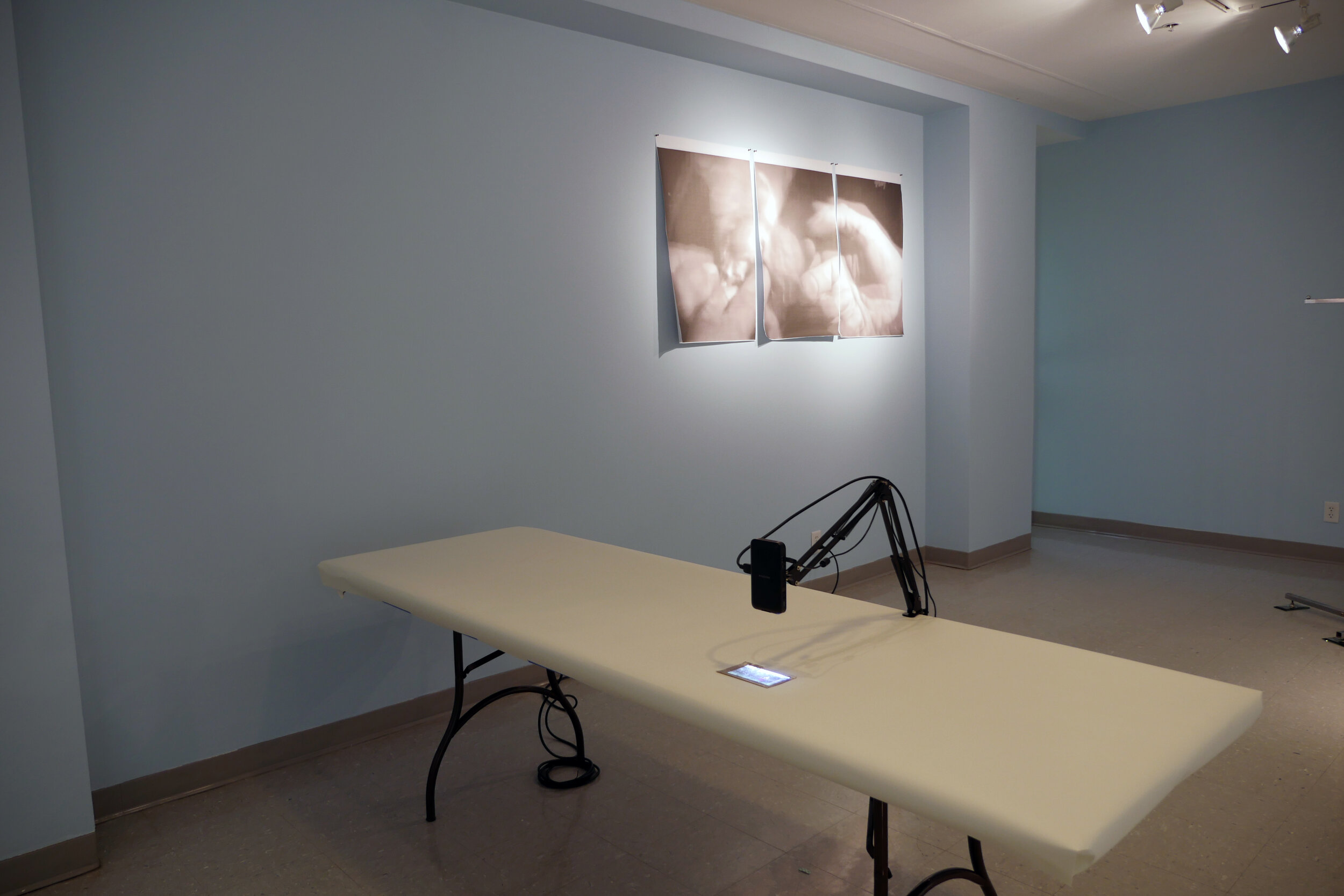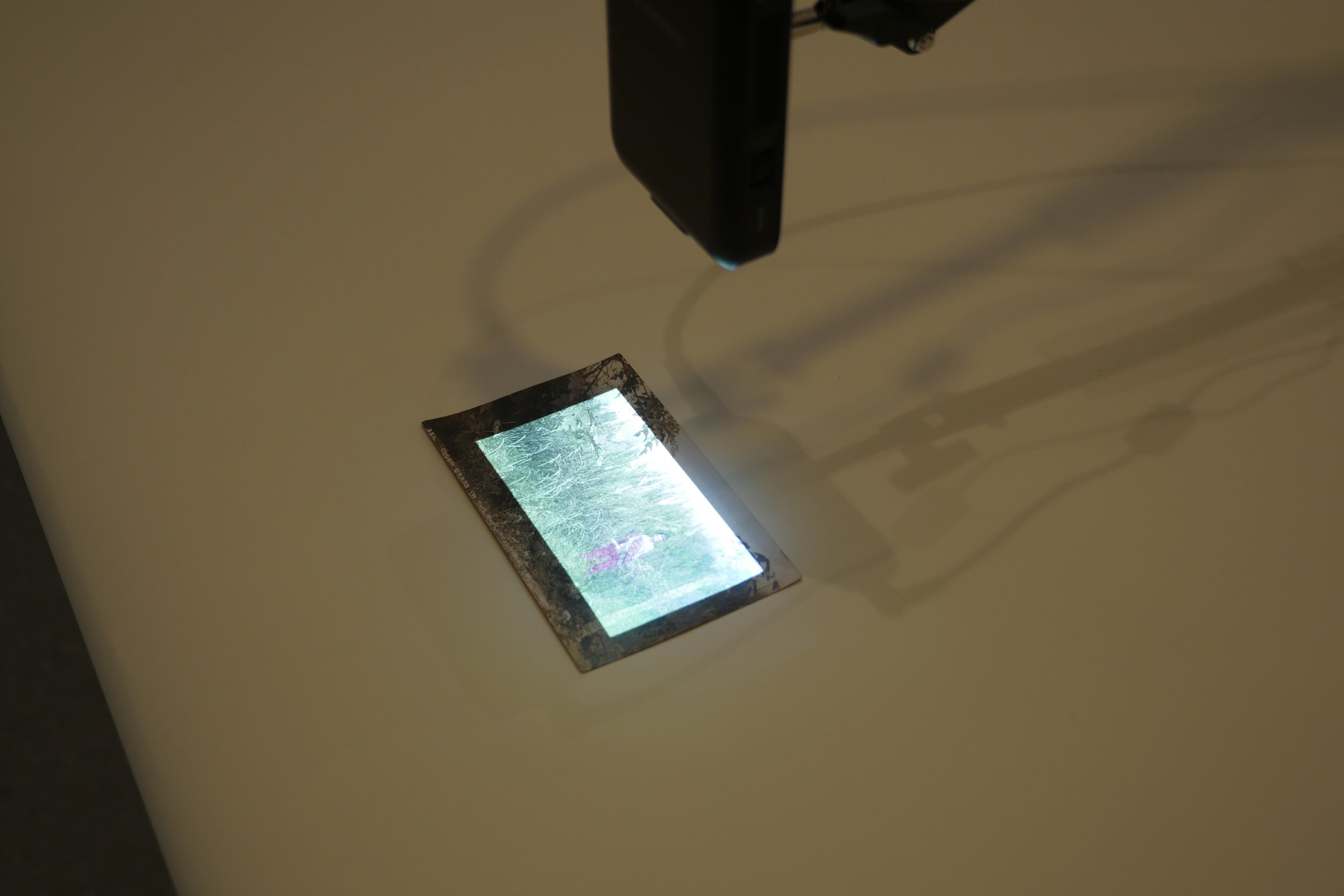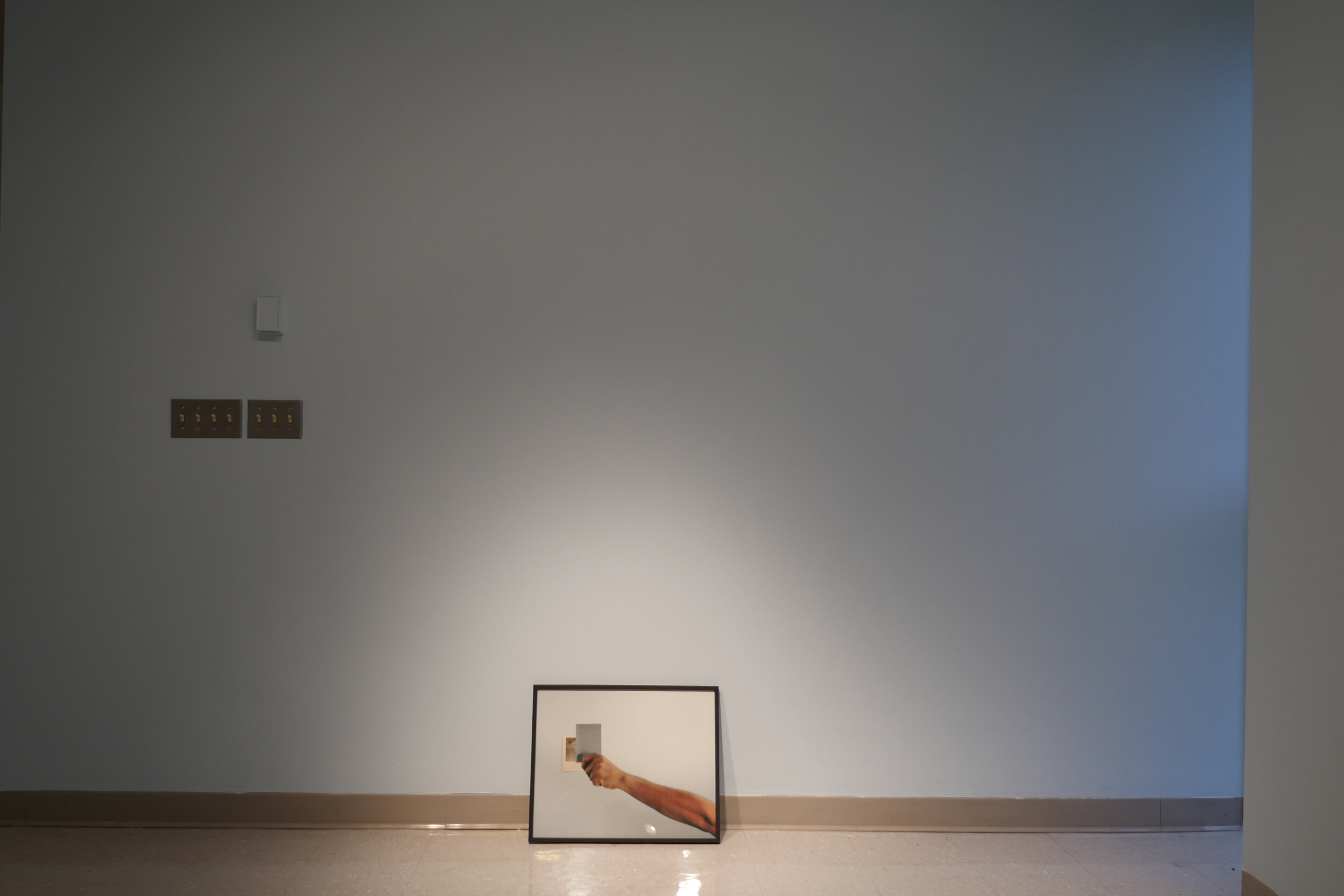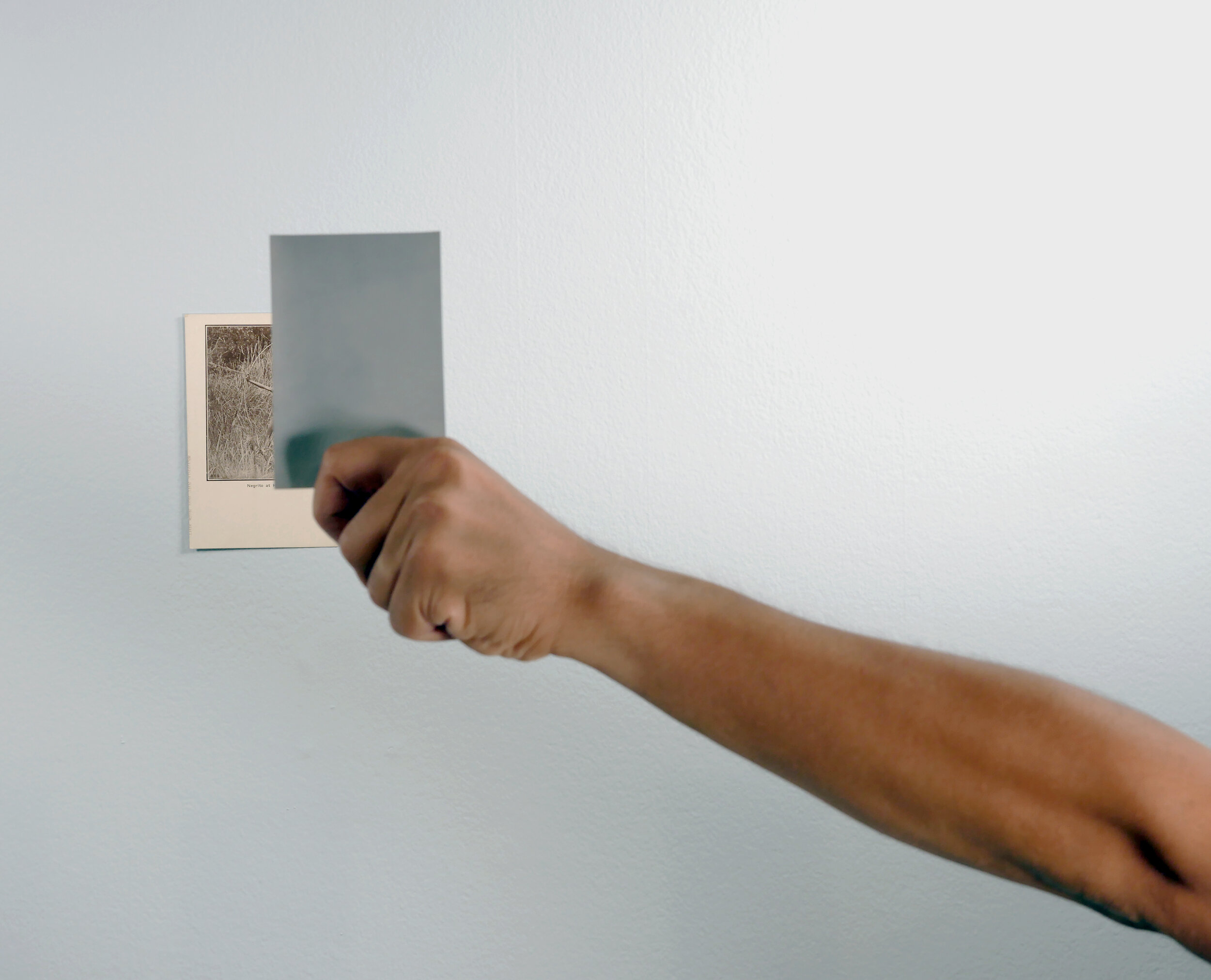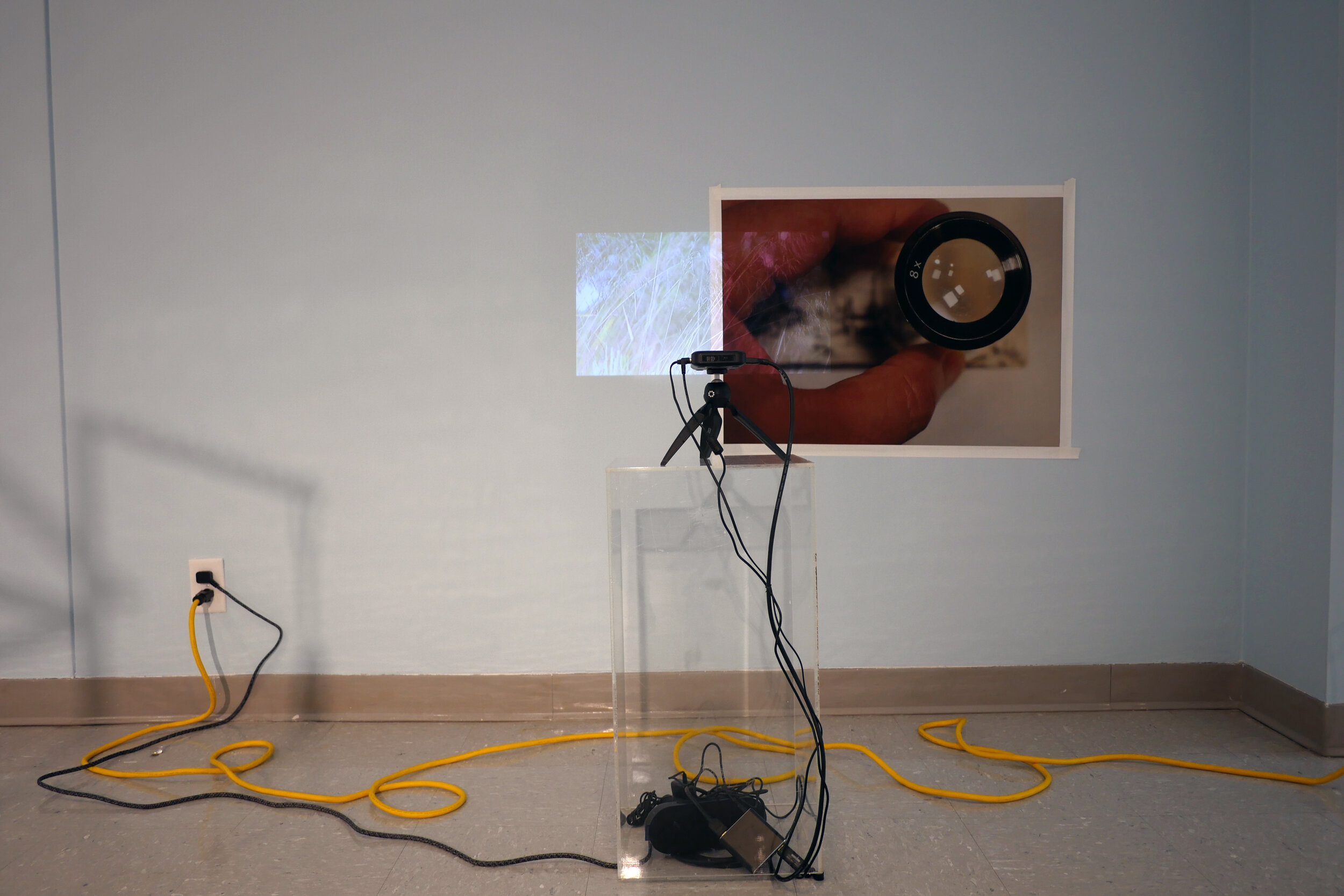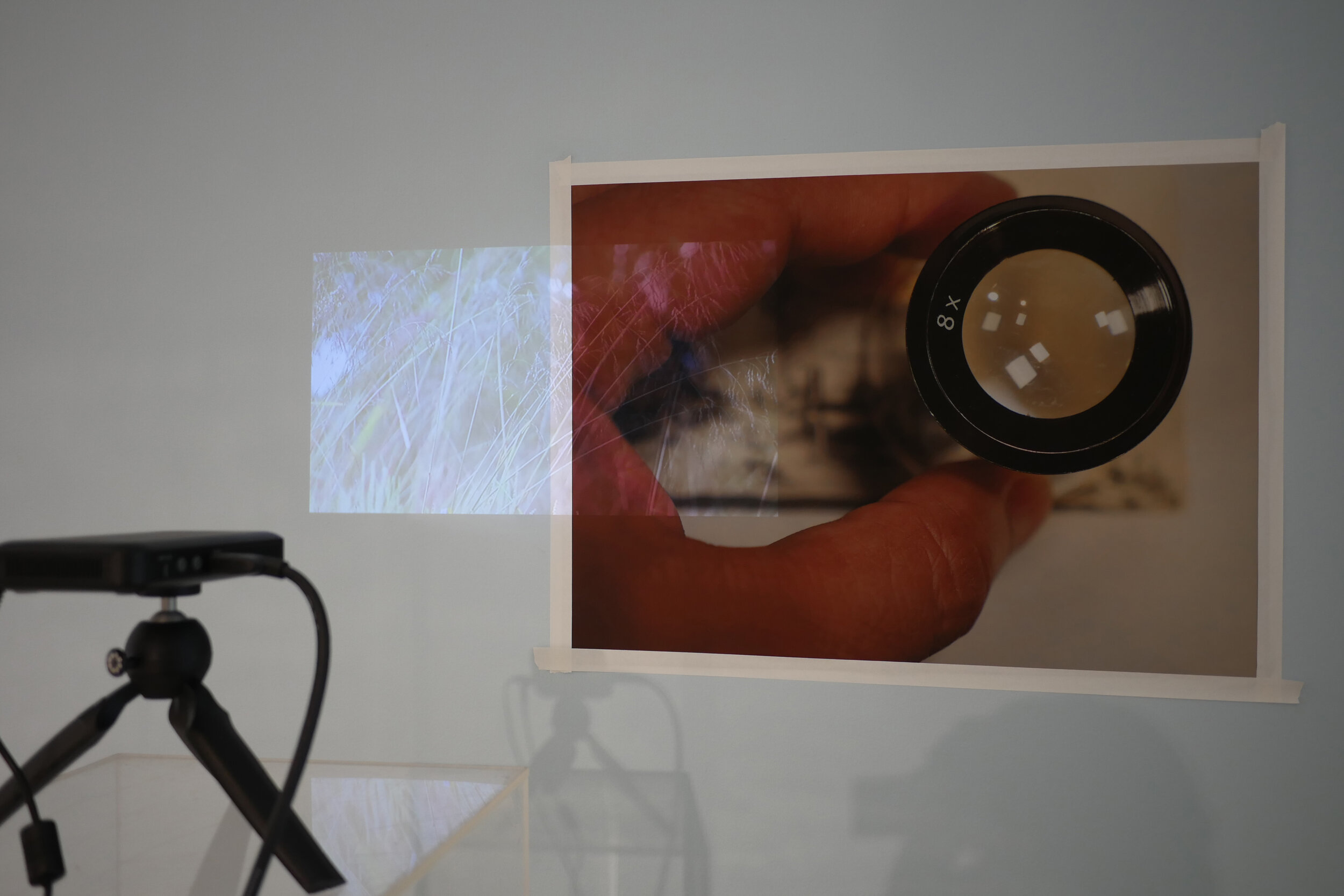Pugo
2020
installation of various works contributed for Untied
curated by Allison Lacher and Jeff Robinson
Visual Arts Gallery at the University of Illinois at Springfield
"We are ecstatic that this rarely seen species was photographed by accident. It may be the only photo of this poorly known bird.” - Mike Lu, president of the Wild Bird Club of the Philippines
“Fix your hair or you will look like an Igorot.” - Maria G. Acierto
Tucked away in the hillsides of the Cordillera region in the Philippine island of Luzon is the elusive low-flying bird known to scientists as Turnix worcesteri (Worcester's buttonquail) or pugo to locals. Likely running among the tall cogongrass fields that can reach up to 8-feet tall, pugo have remained elusive birds for well over a century, hidden behind the neutral beige tones of the grassy hills. Labeled as "data deficient" by an international consortium of conservationists, they received their name after Dean C. Worcester, prominent zoologist and US public official to serve as Secretary of the Interior for the Insular Government during US colonization of the Philippines. Despite Worcester's ability to maintain what became the photographic archive of Indigenous peoples of the Philippines, pugos have consistently remained obscure from any photographic capture while alive. Metaphorically, or possibly actually, pugos have evaded the violence of colonial photography with their capacity to hide in plain sight, as if their existence continues to refuse the adverse effects of benevolent assimilation introduced in the early 20th century. While their inability to be sighted continues to mark their rarity, their elusivity poetically opens the possibilities of other realities, of other existences, or of different ways of being that are not reliant on colonial contact.

